Can I Use Uv Camera Filter Eclipse?
The use of UV camera filters during a solar eclipse is a topic that has garnered significant interest among photography enthusiasts and professionals alike. As a professional knowledge blogger, I aim to provide a comprehensive guide on this subject, addressing the practical concerns and considerations for using UV filters during an eclipse. This article will delve into the functionality of UV filters, their effectiveness during an eclipse, and alternative solutions for safely capturing this celestial event.
Understanding UV Camera Filters
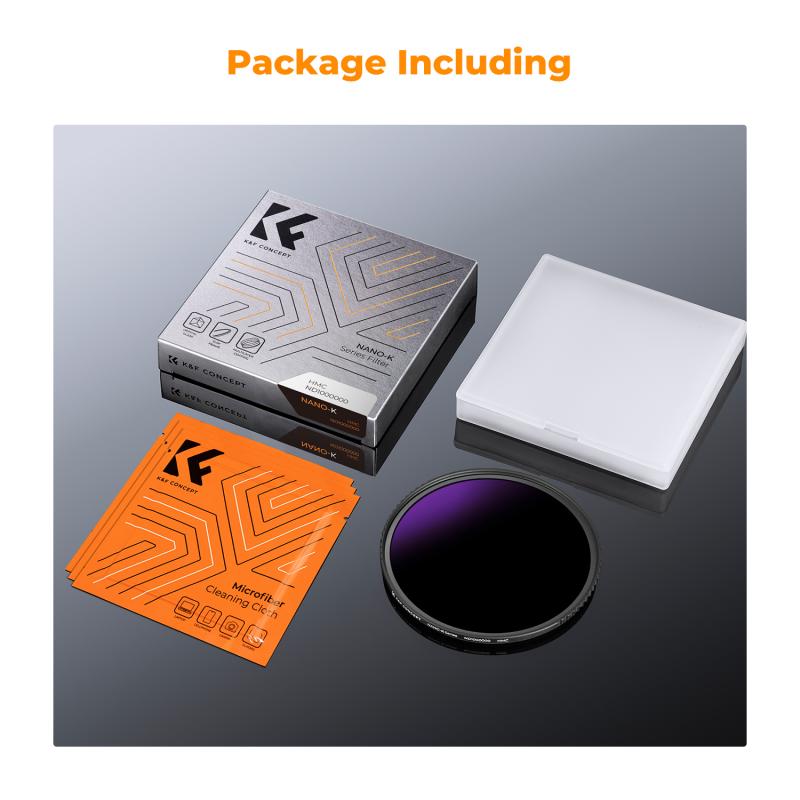
UV (ultraviolet) camera filters are designed to block ultraviolet light from entering the camera lens. This type of light is invisible to the human eye but can affect the quality of photographs by causing haze and reducing contrast. UV filters are commonly used in everyday photography to protect the lens and improve image clarity, especially in outdoor settings where UV light is more prevalent.
The Role of UV Filters in Eclipse Photography
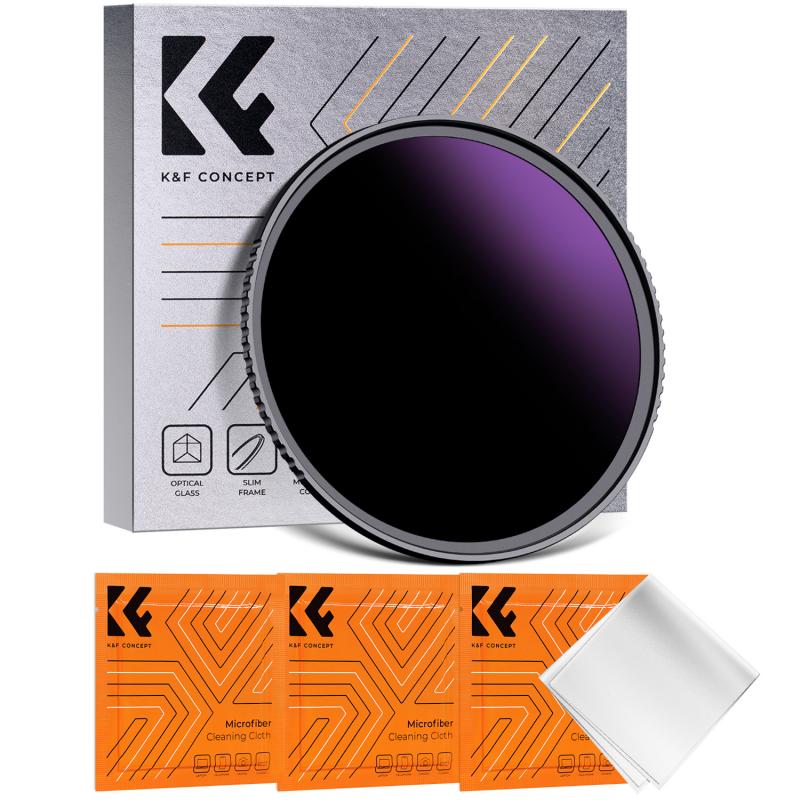
When it comes to photographing a solar eclipse, the primary concern is protecting both the camera equipment and the photographer's eyes from the intense light of the sun. The question arises: Can a UV filter serve this purpose?
Limitations of UV Filters
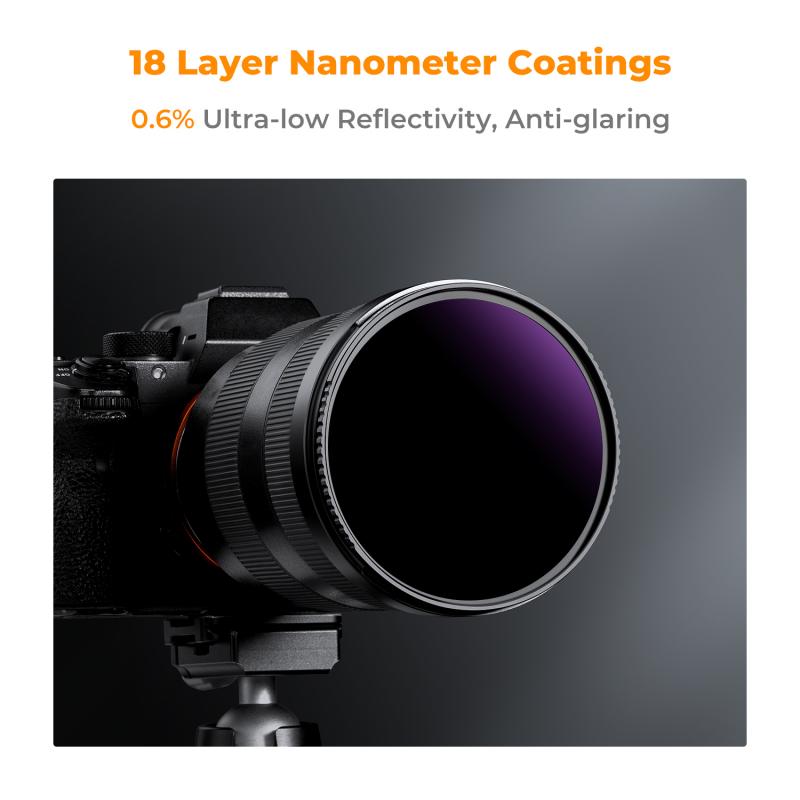
1. Insufficient Protection: UV filters are not designed to block the intense visible and infrared light emitted by the sun during an eclipse. They primarily filter out ultraviolet light, which constitutes only a small fraction of the sun's total radiation. Therefore, relying solely on a UV filter can result in severe damage to the camera sensor and the photographer's eyes.
2. Risk of Equipment Damage: The concentrated sunlight during an eclipse can cause permanent damage to the camera sensor if not adequately filtered. UV filters do not provide the necessary attenuation of light to prevent this damage.
3. Image Quality: While UV filters can reduce haze and improve contrast in regular photography, they do not offer any significant benefits for eclipse photography. The primary challenge during an eclipse is managing the extreme brightness and contrast, which UV filters are not equipped to handle.
Recommended Alternatives for Eclipse Photography
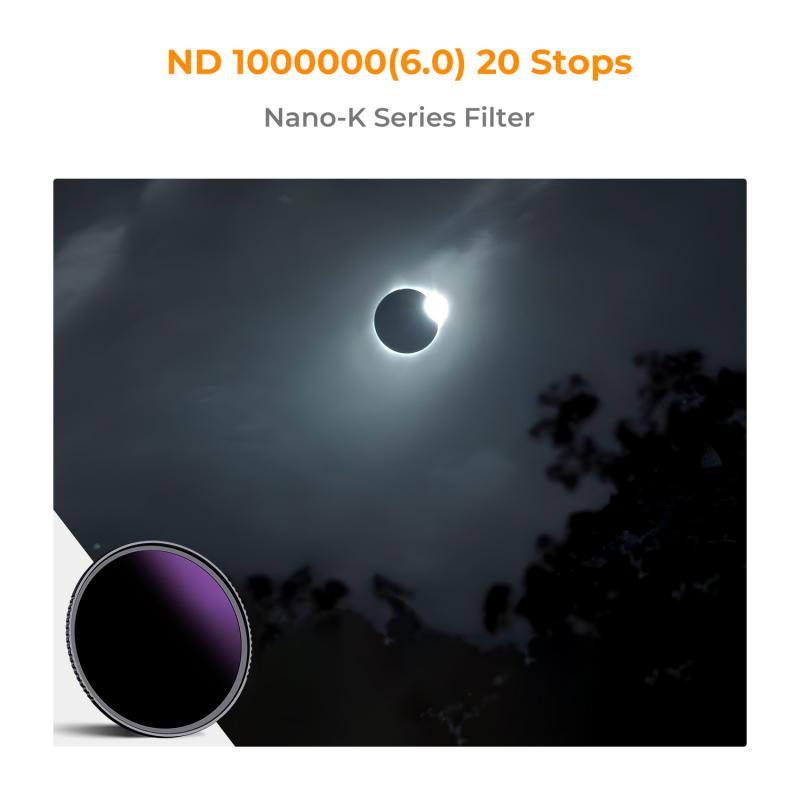
To safely and effectively photograph a solar eclipse, specialized filters and equipment are required. Here are some recommended alternatives:
1. Solar Filters: Solar filters are specifically designed to block the majority of the sun's light, allowing only a safe fraction to pass through. These filters are made from materials such as black polymer or metal-coated glass, which can reduce the sun's intensity by a factor of 100,000 or more. Solar filters are essential for both visual observation and photography of the sun.
2. Neutral Density (ND) Filters: ND filters reduce the amount of light entering the camera without affecting the color balance. High-density ND filters, such as ND 100,000, are suitable for solar eclipse photography. These filters can significantly reduce the sun's brightness, making it safe to capture detailed images of the eclipse.
3. Baader AstroSolar Film: This specialized film is used to create custom solar filters for telescopes, binoculars, and camera lenses. Baader AstroSolar film provides excellent optical quality and safety, ensuring that only a safe level of sunlight reaches the camera sensor.
4. Dedicated Solar Telescopes: For those deeply invested in solar observation, dedicated solar telescopes equipped with built-in solar filters offer the best performance and safety. These telescopes are designed to provide high-resolution images of the sun, including detailed views of sunspots, solar flares, and other phenomena.
Practical Tips for Eclipse Photography
1. Plan Ahead: Research the timing and location of the eclipse to ensure you are prepared. Arrive at your chosen location early to set up your equipment and test your settings.
2. Use a Tripod: A stable tripod is essential for capturing sharp images during the eclipse. The long exposure times required for certain phases of the eclipse make handheld photography impractical.
3. Manual Focus: Autofocus can struggle with the low light conditions during an eclipse. Switch to manual focus and use live view to achieve precise focus on the sun.
4. Bracketing: Use exposure bracketing to capture a range of exposures. This technique increases the chances of obtaining well-exposed images, as the brightness of the eclipse changes rapidly.
5. Remote Shutter Release: To minimize camera shake, use a remote shutter release or the camera's built-in timer. This is especially important during long exposures.
6. Safety First: Never look directly at the sun without proper eye protection. Use eclipse glasses or a solar viewer to safely observe the eclipse. Ensure that your camera is equipped with a certified solar filter to protect both the equipment and your eyes.
While UV camera filters are valuable tools in everyday photography, they are not suitable for solar eclipse photography. The intense light of the sun during an eclipse requires specialized filters that can provide adequate protection and allow for safe observation and imaging. Solar filters, high-density ND filters, and Baader AstroSolar film are among the best options for capturing stunning and safe images of a solar eclipse.
By understanding the limitations of UV filters and investing in the appropriate equipment, photographers can safely and effectively document this awe-inspiring celestial event. Proper planning, preparation, and adherence to safety guidelines are essential for a successful eclipse photography experience. Whether you are a seasoned professional or an enthusiastic amateur, the right tools and techniques will enable you to capture the beauty and wonder of a solar eclipse.



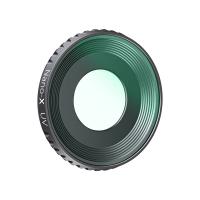

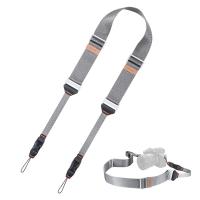
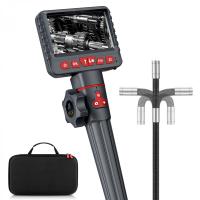
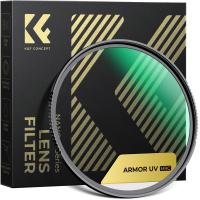
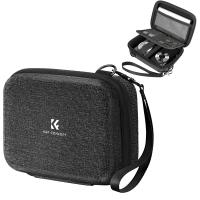


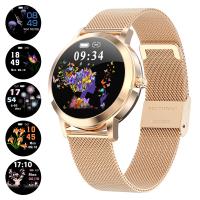

![[4X Optical Zoom] Recharge power Security Camera PTZ Outdoor for Home Security with Human Detection Auto Tracking-UK Standard [4X Optical Zoom] Recharge power Security Camera PTZ Outdoor for Home Security with Human Detection Auto Tracking-UK Standard](https://img.kentfaith.com/cache/catalog/products/us/KF50.0003/KF50.0003-1-200x200.jpg)
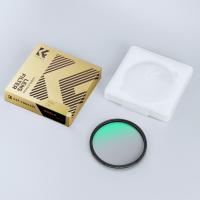
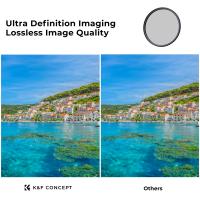





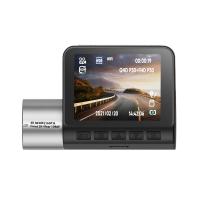

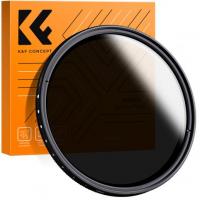

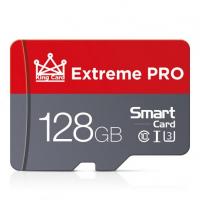
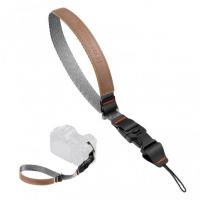
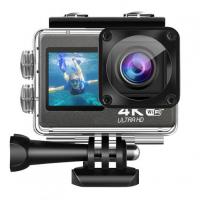
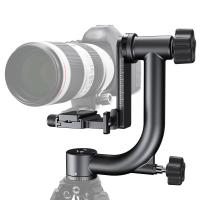
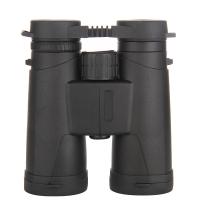
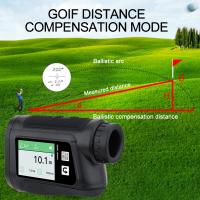
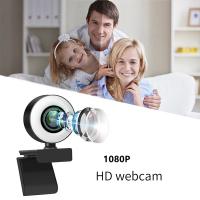
There are no comments for this blog.